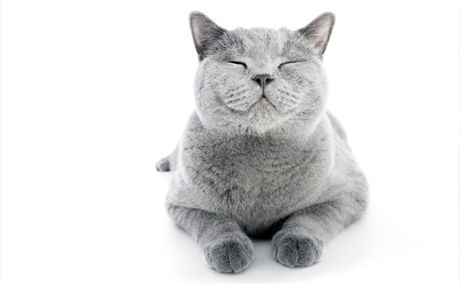Give kitties the (specific) attention they deserve
Feline customers in your veterinary clinic need special focus.
Bednarek/stock.adobe.com

We know you know: Cats are not small dogs. From their behavior to their diets to their medical protocols, felines are their own beasts.
At last cats are receiving their own anesthesia guidelines. The American Association of Feline Practitioners (AAFP) recently addressed felines' specific needs with respect to their physiology. AAFP CEO Heather O'Steen says, “The overarching purpose of the AAFP Anesthesia Guidelines is to make anesthesia and sedation safer for the feline patient."
Guidelines co-chair Sheilah A. Robertson, BVMS (Hons), PhD, DACVAA, DECVAA, DACAW, DECAWBM (WSEL), MRCVS, puts a finer point on it: "We do know that cats do need a much, much lower fluid rate during anesthesia, and that's what we're trying to tell everybody."
More feline resources:
- Weird and wonderful: 5 tips for handling feline aggression.
- Feline behavior modifications that actually work.
- Feline behavior quick tips: Get a visual.
Meanwhile, Tasha McNerney, BS, CVT, CVPP, VTS (anesthesia and analgesia), gets specific with one recommendation: dexmedetomidine. She says it mixes well with another medication.
"When you combine dexmedetomidine and opioids into your pre-med, you get great sedation and great analgesia," McNerney says.
McNerney also offers a five-part guide for effective analgesia and anesthesia in the form of a dvm360 doodle. Tip No. 1? Put your hands and stethoscope on every patient.